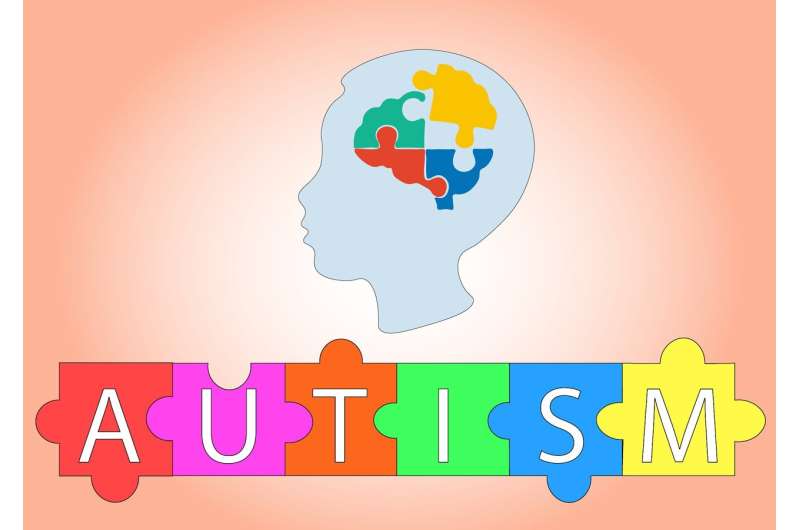
Maintaining a balance of physiological responses at all times is important for humans to function optimally in daily life. This involves processing and integrating signals from both internal and external sources. Interoception is the ability to the process and integrate signals coming from within, including heartbeat and breathing patterns.
Recent empirical evidence suggests that both clinical cases of autism and individuals with subclinical features of autism both exhibit interoceptive abnormalities. However, most of these findings have come primarily from individuals with established clinical diagnoses of autism. Worse, almost all of these findings were based on self-rating or simple behavioral measures. The underlying neural mechanism of interoception associated with autistic symptoms or traits remains largely unclear.
To fill such an important knowledge gap, Dr. Raymond Chan’s team from the Institute of Psychology of the Chinese Academy of Sciences has conducted a study to examine the resting-state functional connectivity associated with interoception in healthy volunteers with autistic traits.
They recruited 62 college students to undertake the resting-state functional brain scans. All participants were also asked to complete a specific heartbeat tracking test to assess interoceptive accuracy and a set of rating scales measuring interoceptive sensibility and awareness, as well as autistic traits and difficulty in expressing emotional feelings. Results were published in Journal of Autism and Developmental Disorders on July 3.
The researchers showed that autistic traits were negatively associated with the resting-state functional connectivity between the lateral ventral anterior insula and the anterior cingulate cortex.
They also showed that interoceptive accuracy and sensibility were positively associated with the resting-state functional connectivity between interoceptive brain networks and the visual regions, supplementary motor area and cerebellum. However, the overall effect was mediated by the difficulty in expressing emotional feelings, but not by the resulting resting-state functional connectivity correlating with interoceptive accuracy or sensitivity.
The present findings have important clinical implications for autism spectrum disorders. For example, it is noteworthy that existing clinical interventions for sensory integration do not systematically assess and target for interoception. These findings highlight the need to include interoception in sensory integration intervention programs for clinical cases with autistic spectrum disorders.
More information:
Han-xue Yang et al, Relationship Between Interoception and Autistic Traits: A Resting-State Functional Connectivity Study, Journal of Autism and Developmental Disorders (2023). DOI: 10.1007/s10803-023-06050-2
Journal information:
Journal of Autism and Developmental Disorders
Source: Read Full Article





